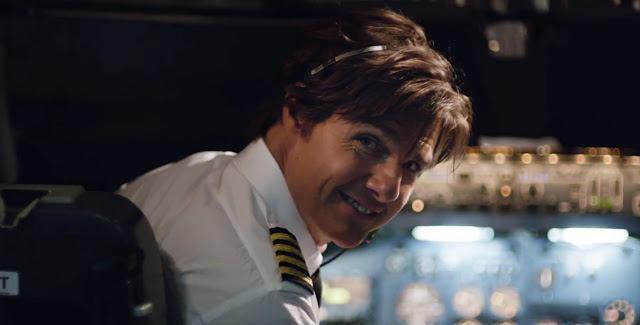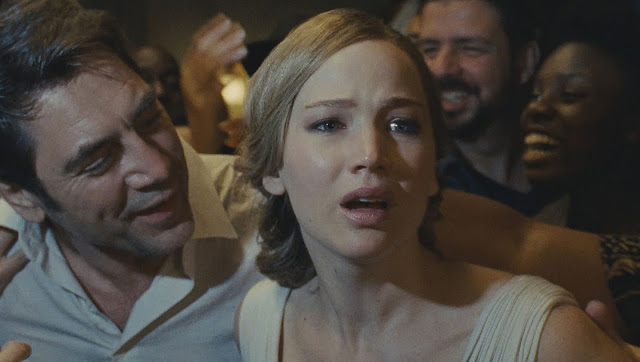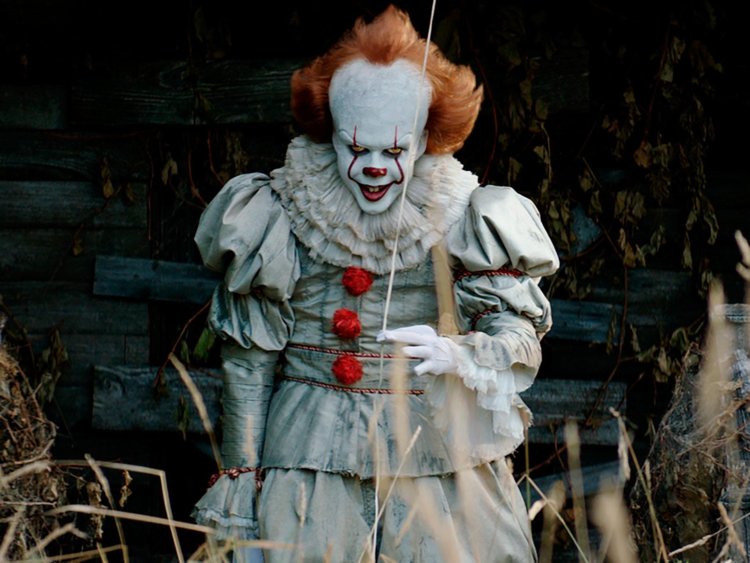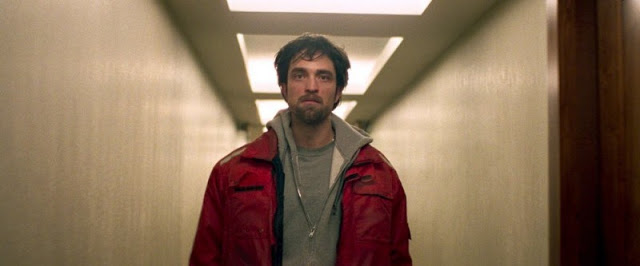American Made: I Feel the Need, the Need for Greed
By all rights, American Made should play as a tragedy—a sobering study of moral decay and rampant corruption that can only conclude in sadness, irony, and death. Its hero is Barry Seal, a commercial airline pilot-turned-drug-runner who liaised with Colombian traffickers on behalf of the CIA, and who became the target of numerous investigations by an alphabet soup of domestic law enforcement agencies (the DEA, FBI, and ATF all sought their pound of flesh). From this description, you might suspect that the movie is depressing. Quite the opposite—it’s a blast. That’s because its director, the perennially underappreciated Doug Liman (Swingers, The Bourne Identity), approaches the material less like a cop or historian than an end user. So while American Made studiously chronicles Barry’s rise and fall, it isn’t principally interested in bringing its protagonist to justice. It just wants to get you high.
This is refreshing. Cinema suffers from a glut of grim gangster movies, and while many of them are compelling, they often blur together in their fetishized violence and relentless dourness. American Made, by contrast, proceeds with a lightness of touch that, paradoxically, highlights its darker undertones. It leaves a mark precisely because it isn’t trying too hard. Read More



 Fear is universal, even if it’s also personal. We’re all afraid of something, but our fears are typically our own. As many pop-culture artifacts have done before, It attempts to trade on this inherent tension between the institutional and the individual, conjuring a parasitic, metaphysical evil that torments its victims by transforming into the very thing that terrifies them most. In this, the film invites you to imagine being confronted not just by the nightmarish visions visited upon its characters, but by the horrors of your own heart.
Fear is universal, even if it’s also personal. We’re all afraid of something, but our fears are typically our own. As many pop-culture artifacts have done before, It attempts to trade on this inherent tension between the institutional and the individual, conjuring a parasitic, metaphysical evil that torments its victims by transforming into the very thing that terrifies them most. In this, the film invites you to imagine being confronted not just by the nightmarish visions visited upon its characters, but by the horrors of your own heart.
